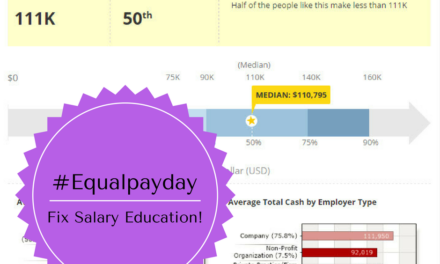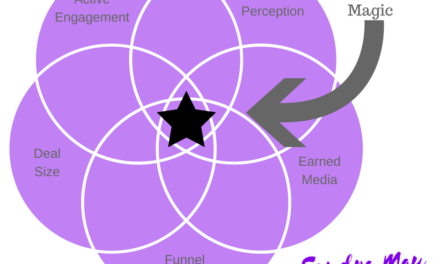You have developed a well thought out content strategy. You have invested in research that supports your content and you know that it is relevant and beneficial for your customers. Now, the original content creation begins. Do you develop an info-graphic, write a blog, publish a whitepaper or record a video? Do you post it on Twitter, Facebook or an Industry platform? How do you choose? You look to your customers right? Based on your previous content, you know that your customers have a preference for info-graphics with a link to a blog post. So it only makes sense to fulfill content based on your customer’s behavior, correct? Perhaps not.
I challenge those that are responsible for content creation and distribution to take a step back. With the tremendous insight that social media monitoring tools provide us today, many organizations are using those tools to see what content types their followers are consuming and they use this insight to make their content format decisions. If you have been successful reaching existing followers and customer with a content topic, then of course, do what has worked in the past. However, if you are trying to gain new followers or prospects or you are venturing into new content topics, than you might need to take a different approach.
Rather than using metrics from existing customers and followers, I suggest that you research the content topic. There are several great digital mining tools out in the market that allow you to research content topics and the digital behaviors associated with those topics.
Why is researching the digital behaviors around a content topic important? From my perspective there are three reasons why it is important. One, it gives you a good understanding about how much of the content topic is currently (say last 3 to 6 months) circulating. You can confirm whether you are fulling a content need or contributing to an already crowded content topic with no added value. Two, it allows you to view the existing content and the associated commentary to understand the positioning of that content and the reaction to the content. Three, it provides you with insight on: the content format, the length, the likelihood of it being shared and the most relevant digital platform.
Recently I was working with a couple of clients who had invested in developing some research based insight that was foundational to their content strategy. They were ready to create their original content and had decided on the content format. They had metrics on their social followers and customers – including which platforms the content should be distributed on and what the content format and length should be. They had quite a bit of insight which was impressive and helpful.
But sometimes you don’t know what you don’t know.
Given their investment in the content and the audience they were trying to reach, I didn’t think I would be doing my job if I didn’t double check. So. I took a couple of hours to complete a very rough content analysis.
The result? With a little bit of research, I was able to provide them with some insight on how much of the topic was out in the digital world, what formats and length of content were being shared and which platforms were most relevant to that topic. In both cases, there were some “Wow that’s interesting” and “Hmm, that is different than what we thought”.
When it comes to content format, your existing customers may lead you down a content path that serves them – but doesn’t grow your followers and prospects. If you are venturing into new content topics, I am advocating to research the content topic as it relates to content format , length and platform, so that your decisions are based on how the existing topic is being consumed rather than how your audience consumes your existing content. Getting into a content topic that is greenfield? Research topics that are in similar vein to help guide your decisions.
Just to be clear, I am not suggesting that you ignore your customer. But I am suggesting that you consider the topic to be just as important as the audience that you are trying to reach and grow.
Not convinced? Perfect! Then try both approaches and let the outcomes be your guide. The digital world continues to afford us the opportunity to experiment while managing risk. Let me know what you experience.
Follow me @greefkes on most social sites.
Photo credit: © Shannon Fagan | Dreamstime.com










